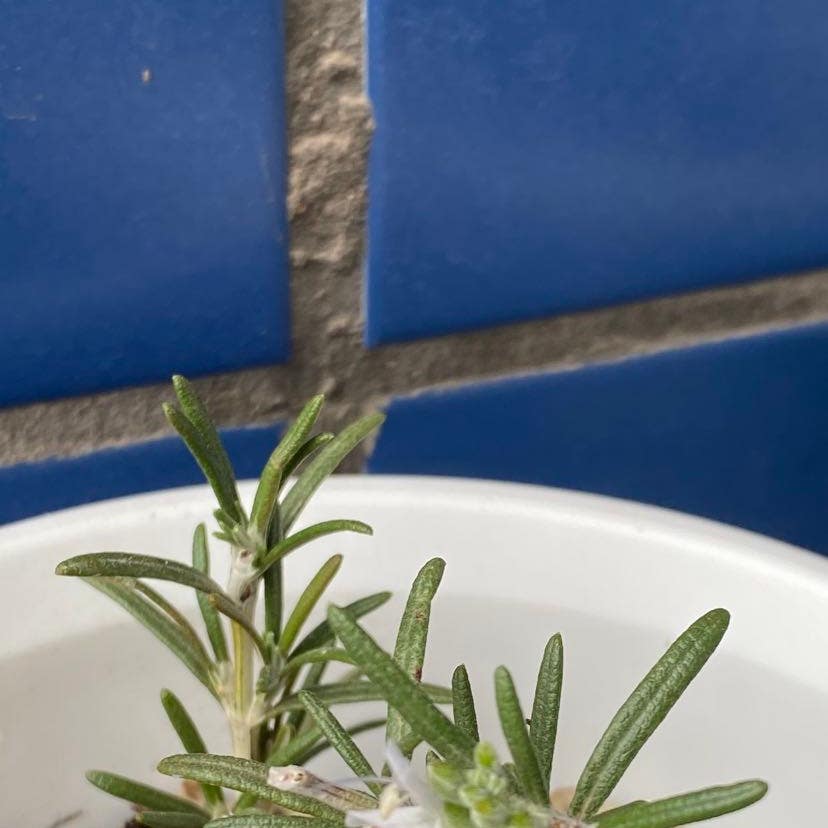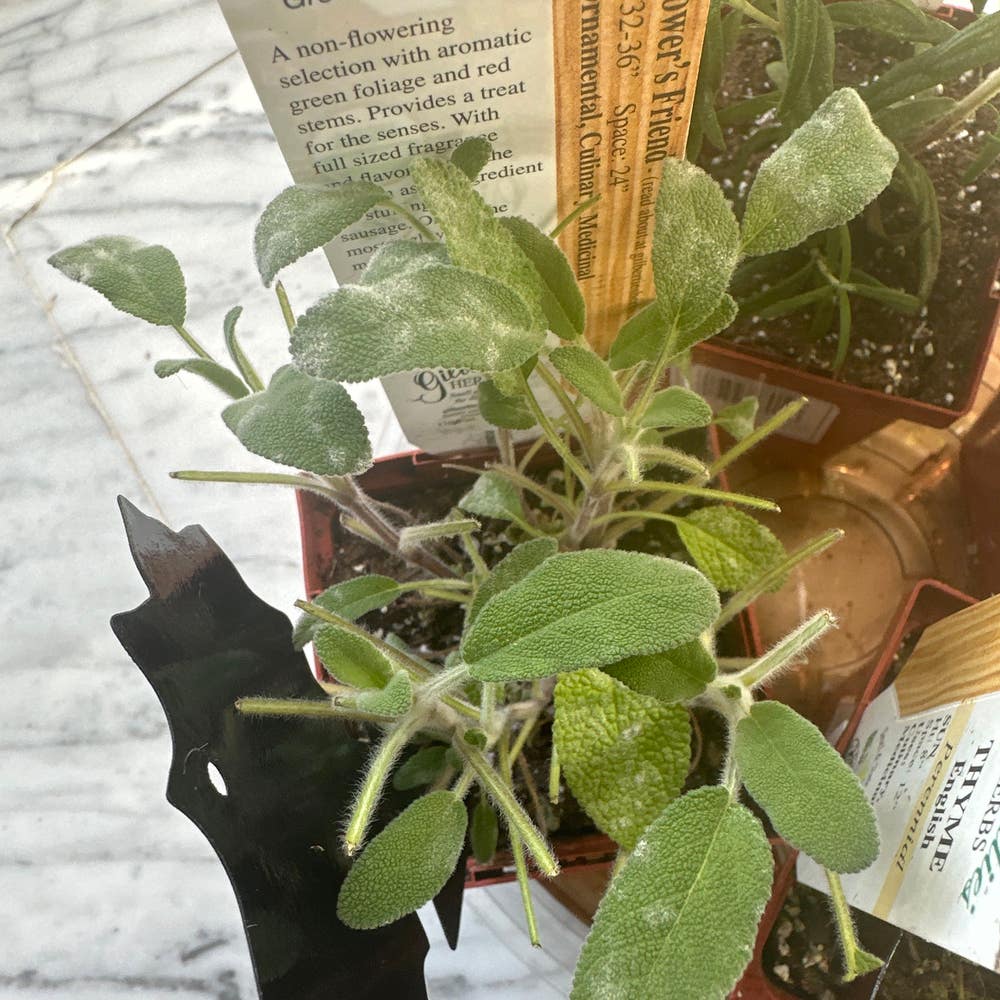





































Anise-Scented Sage
Also known as
anise-scented sage, hummingbird sage and Salvia coerulea
Taxonomy

Salvia guaranitica
Salvia
Lamiaceae
Lamiales

How to care for Anise-Scented Sage
How often to water your Anise-Scented Sage

every 9
Anise-Scented Sage needs 0.5 cups of water every 9 when it doesn’t get direct sunlight and is potted in a 5" pot.
Use our water calculator to personalize watering recommendations to your environment or download Greg for more advanced recommendations for all of your plants.

Water 0.5 cups every
9
Finding light for Anise-Scented Sage in your home

a window
Anise-Scented Sage love being close to bright, sunny windows 😎.
Place it less than 1ft from a south-facing window to maximize the potential for growth.
Anise-Scented Sage does not tolerate low-light 🚫.
Select your region to see how the current weather in your area affects the placement of Anise-Scented Sage in your home 🏡.
How to fertilize Anise-Scented Sage

Most potting soils come with ample nutrients which plants use to produce new growth.
By the time your plant has depleted the nutrients in its soil it’s likely grown enough to need a larger pot anyway.
To replenish this plant's nutrients, repot your Anise-Scented Sage after it doubles in size or once a year—whichever comes first.
-
New plants. Black and blue salvia, banana, and American taro.
-
Hello there, so I heard that using epsom salt is good for plants, I was just wondering if u should use regular epsom salt or if u can use one with a scent in it like lavender or eucalyptus essential oils? It would be a big help to know! Thanks
-
My first rosemary plant
-
How much should I water my Rosemary per 8 days?
-
Should I remove the flowers? I began taking a rosemary cutting on Feb 11 and planted it in a small 2-inch pot. By Mar 16, I noticed roots emerging from that mini container, so I transferred it to this larger 5.5-inch pot on Mar 19. Today, the plant is blooming! I’m unsure whether I should remove these flowers or simply leave them be. Will flowering so early potentially harm my young cutting? #Rosemary #HappyPlants #PlantsMakePeopleHappy
-
White spots on my sage leaves #Sage my sage leaves have been getting these odd white spots on them. Any idea what these spots are or how to fix??? I trimmed off the previous leaves that had them but now they’re on new leaves too.
-
Just planted seeds! Hey everyone! My mom got me some Rosemary seeds over the weekend and I’ve just planted them yesterday. First time growing a plant from seeds so any tips and tricks would be so cool and appreciated 🩷 Thanks in advance ✨
-
Why did I ihic when I touched this plant
-
Unhappy rosemary My plant was babysat for a while and came back in a new pot looking a little sad… Stems are mostly brown, she’s curling and going all over the place. Please let me know what I can do to help her out. Thanks
-
Does my plant look okay? It’s hard to tell! Thanks
Care Summary for Anise-Scented Sage

Anise-Scented Sage
 Greg recommends:
Greg recommends:
 Water
Water
0.5 cups every 9 days
 Placement
Placement
< 1ft from a window
 Nutrients
Nutrients
Repot after 2x growth
Based on the 4” pot your plant is in, and that it doesn’t get direct sunlight.

 Trending in your area
Trending in your area
 Similar to Anise-Scented Sage
Similar to Anise-Scented Sage
✨ Discover rare plants

Sarcochilus fitzgeral…

Echeveria Esther

Betel

Royal Flush Split Rock

Stomatium acutifolium

Aloe 'Lavender Star'

Hoya 'Millie'

Ace of Spades

Hoya kalimantan

Anthurium 'Fantasy Lo…

Stanhopea tigrina

Orange Lipstick Plant

Linnaei Kunth

Ceropegia simoneae

Kilimanjaro Plant

Anastasia Weeping Fig

Large Leaf Elephant F…

































